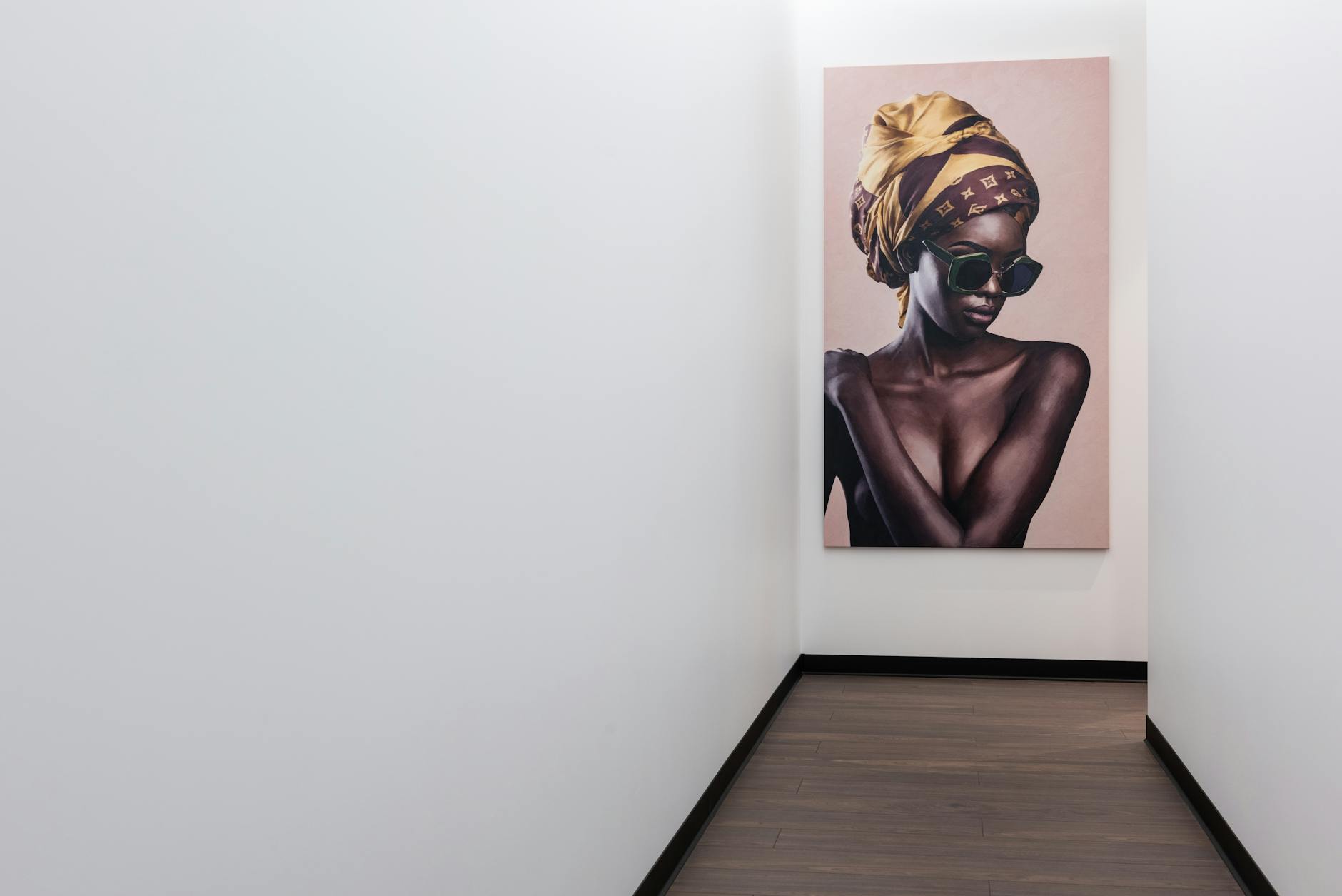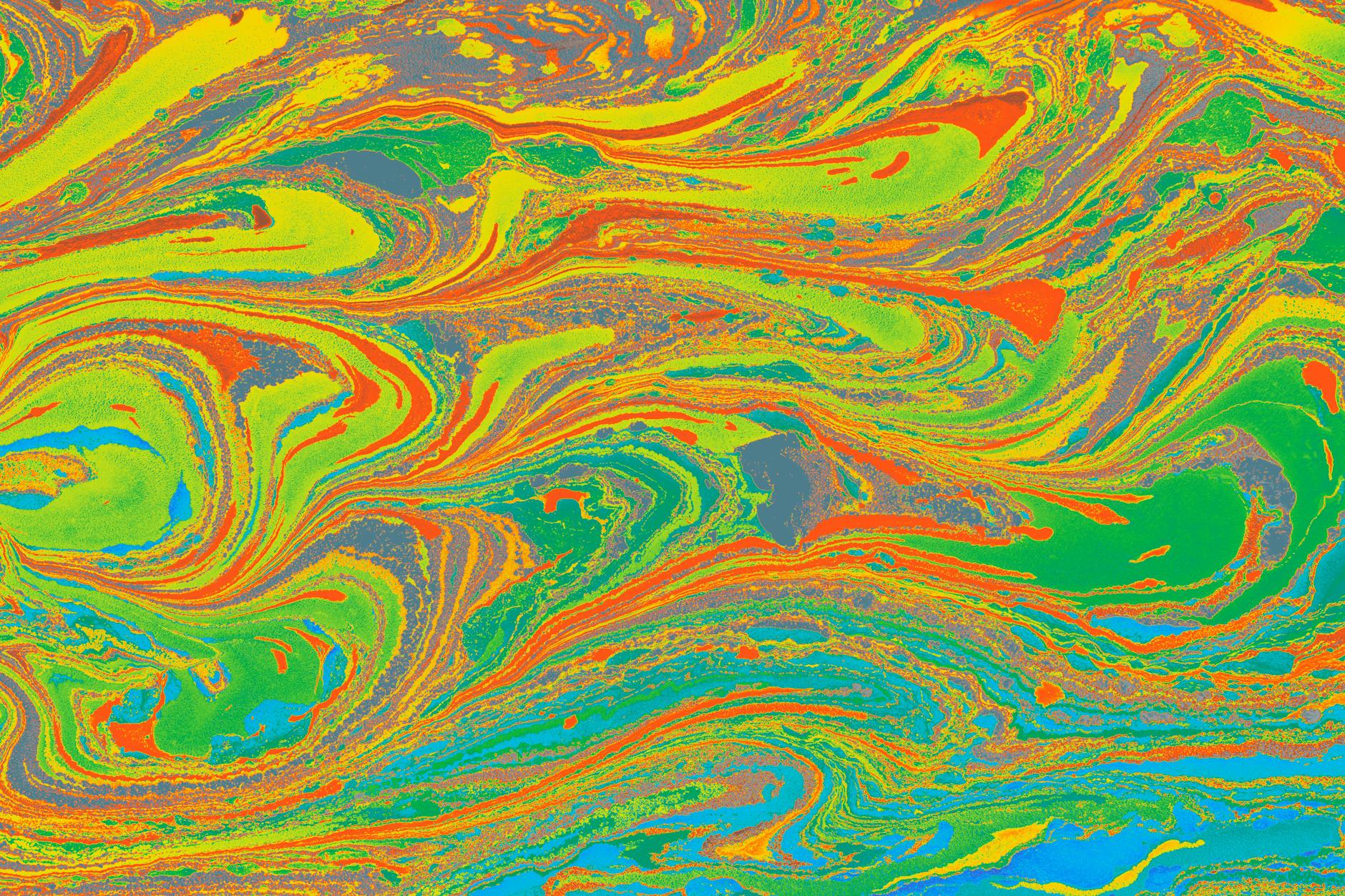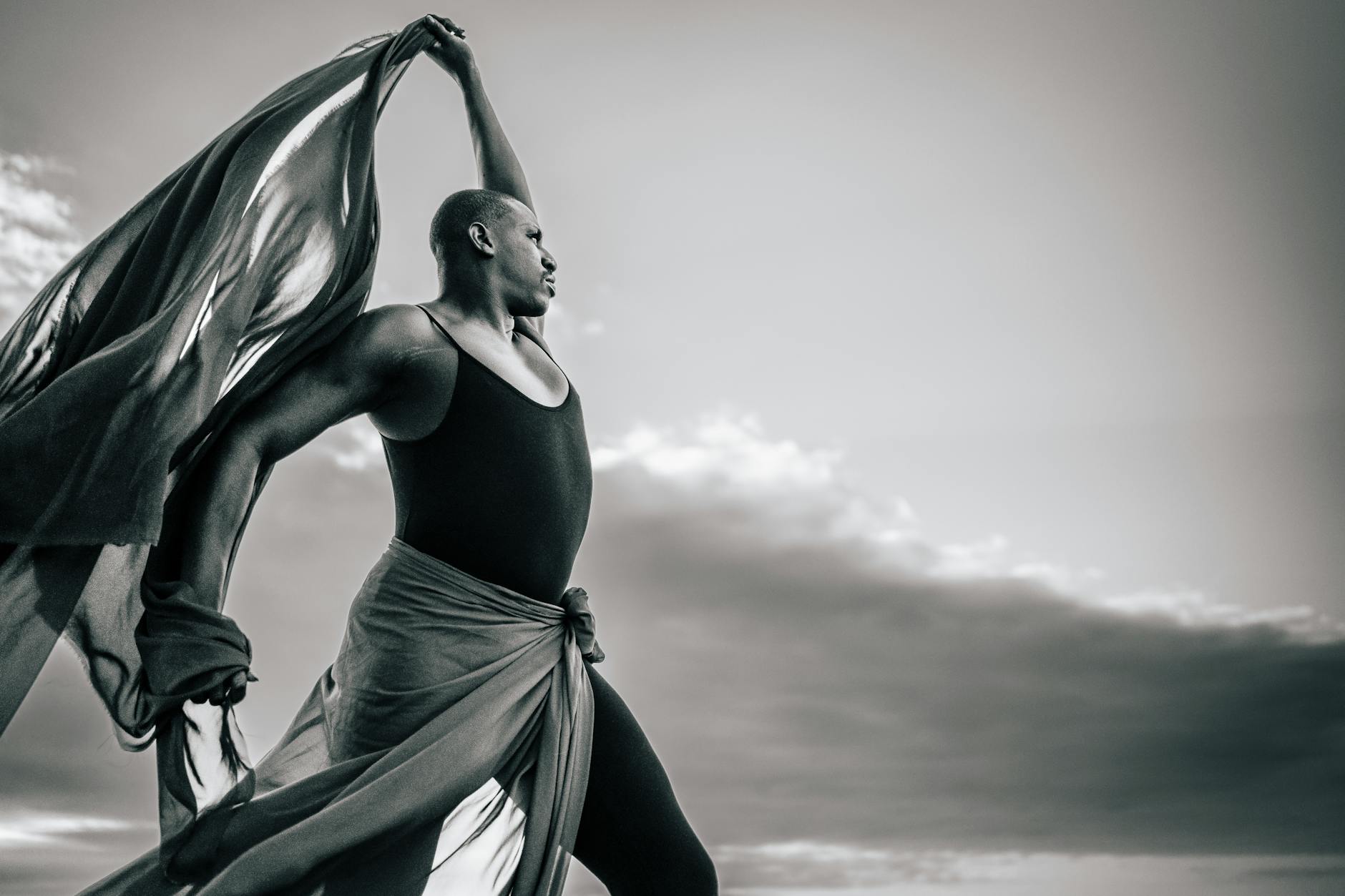—
Psychedelic substances have long been known for their capacity to alter human consciousness, inducing experiences that range from the transcendental to the terrifying. Yet beyond their inherent psychoactive properties, these compounds have also had profound effects on popular culture in ways that continue to resonate today. From music and films to literature, fashion, and even advertising, psychedelics have been instrumental in shaping our cultural landscape.
The cultural revolution of the 1960s and 70s, which saw new values of peace, love, and artistic exploration emerge in opposition to the materialism and militarism of the era, was fueled in part by the widespread use of substances like LSD and magic mushrooms. These substances were embraced by a wave of young people who saw them as tools for expanding consciousness and challenging societal norms. This cultural shift was embodied by icons such as Timothy Leary, the Harvard psychologist who advocated for the spiritual and therapeutic use of psychedelics, arguing that they could foster personal growth and social transformation.
In the world of music, psychedelics played a key role in the evolution of rock and roll, fostering innovative forms of composition and performance. Bands like The Beatles and The Grateful Dead, for example, were known for experimenting with these substances, an experience that influenced their musical evolution. The Beatles’ seminal album “Sgt. Pepper’s Lonely Hearts Club Band” is considered a landmark of psychedelic rock, marked by its innovative recording techniques and lyrical exploration of mind-altering experiences. Similarly, country rock pioneers like Gram Parsons drew on their experiences with psychedelics to infuse their music with a trippy, cosmic quality.
Psychedelics also made a significant mark on film and literature. Classics like “Easy Rider” and “Fear and Loathing in Las Vegas” delve into the psychedelic experience, offering viewers a taste of the mind-bending journeys that these substances can provoke. Authors like Aldous Huxley and Ken Kesey wrote extensively about their encounters with psychedelics, works that influenced a generation of readers and helped establish the genre of psychedelic literature.
In the realm of fashion, the bright colors, bold patterns, and non-conformist styles that have come to define the ‘hippie’ aesthetic can be traced back to the psychedelic influence. Iconic fashion designer Emilio Pucci, known for his geometric prints and bold color palettes, is often credited with injecting the vibrant energy of psychedelics into the mainstream fashion of the 1960s.
Even advertising, often seen as a bastion of commercial conservatism, has not been immune to the influence of psychedelics. Ads from the 60s and 70s are brimming with psychedelic inspirations, using bold colors, swirling patterns, and surreal imagery to catch the viewer’s eye. This could be seen in campaigns for everything from perfumes to Volkswagen cars, where the visual language of psychedelia was co-opted to symbolize youth, rebellion, and freedom.
Finally, psychedelics have had a profound influence on the visual arts. Many contemporary artists, like Alex Grey, have built successful careers by portraying their psychedelic experiences through their work. The vibrant colors, intricate patterns, and surreal subjects found in psychedelic art often serve as tangible representations of the artists’ inner journeys, shaped by the use of these substances.
In conclusion, while the use of psychedelics remains controversial, their impact on popular culture is indisputable. They have shaped music, films, literature, fashion, and more in ways that still echo today, reminding us of a time when these substances ignited a wave of creativity and rebellion that forever transformed our cultural landscape. And as psychedelics are being revisited today for their potential therapeutic benefits, their cultural legacy continues to endure.
Sources:
– Cultural Revolution and Psychedelics
– Psychotropics in Music
– Fear and Loathing in Popular Culture
– Psychedelia in 60s Fashion
– Advertising and Psychedelics
– Psychedelic Art








